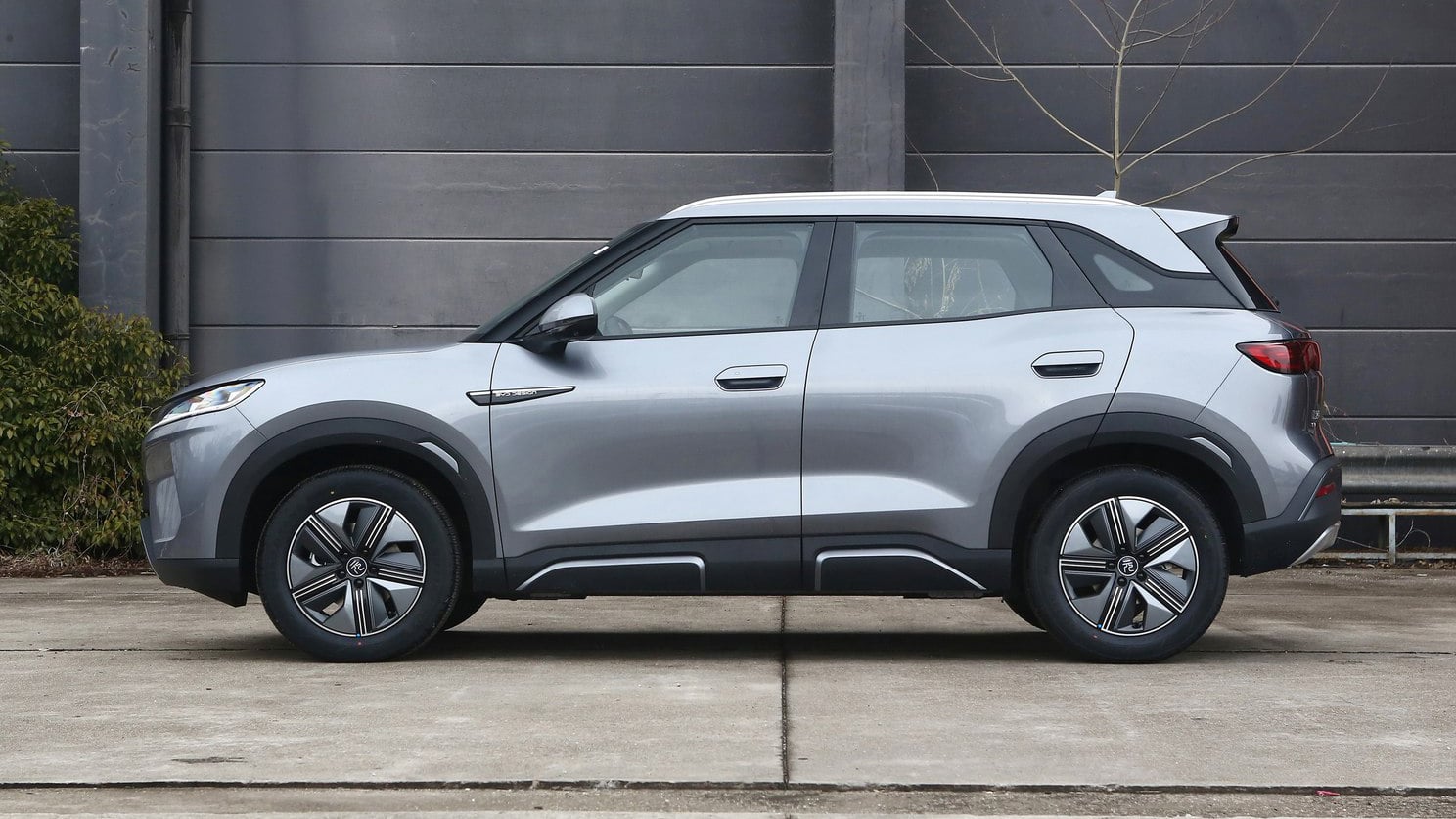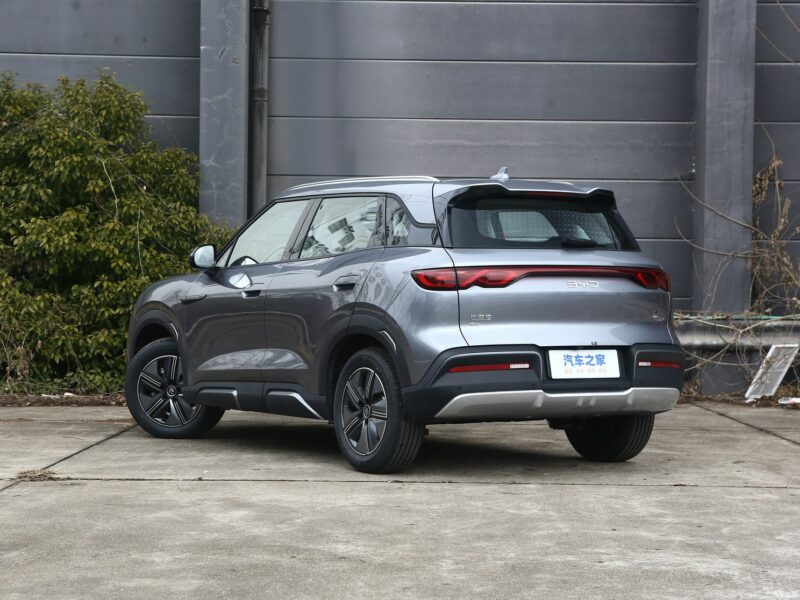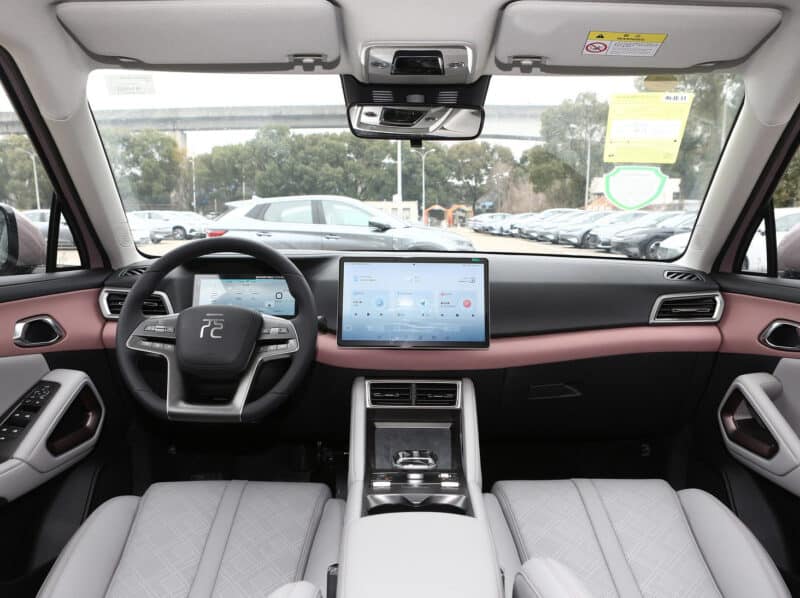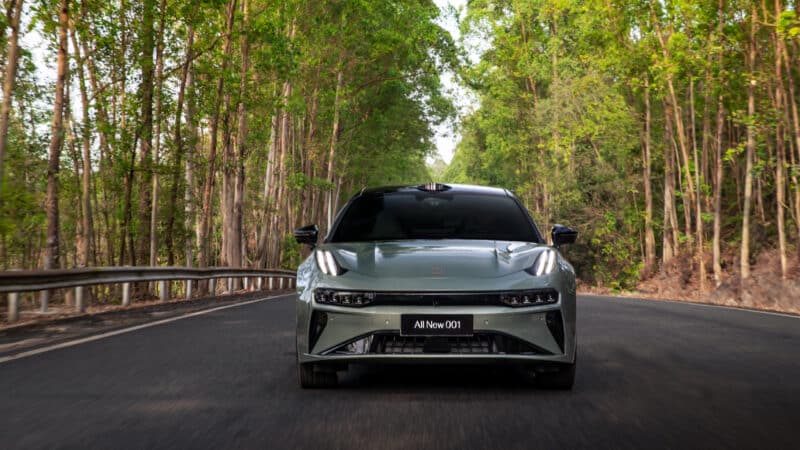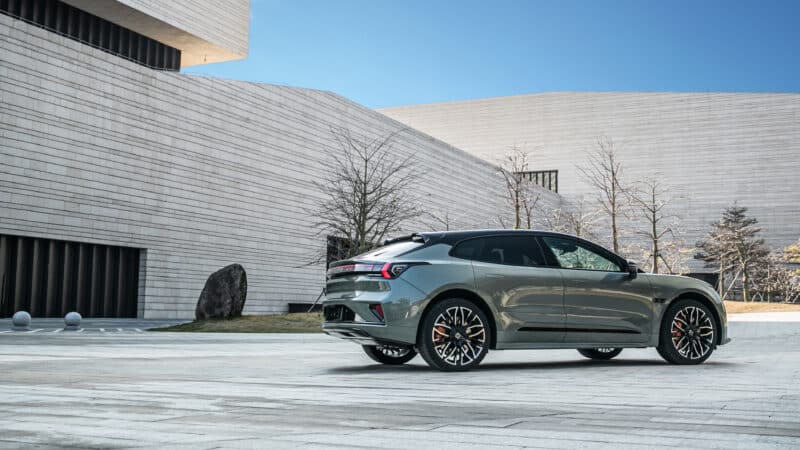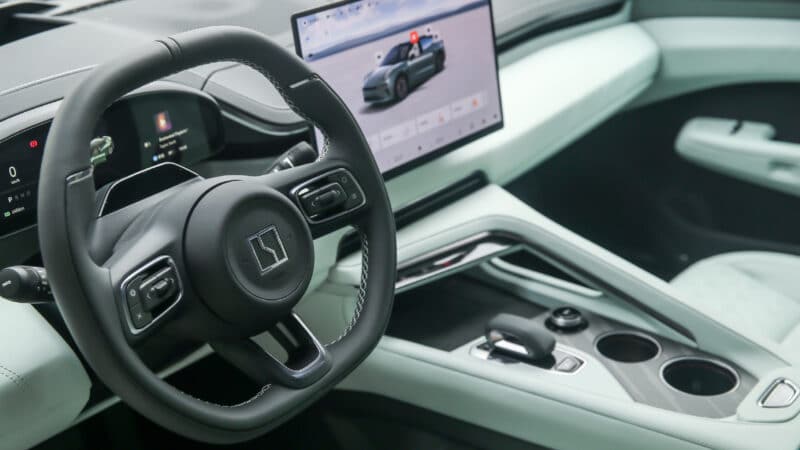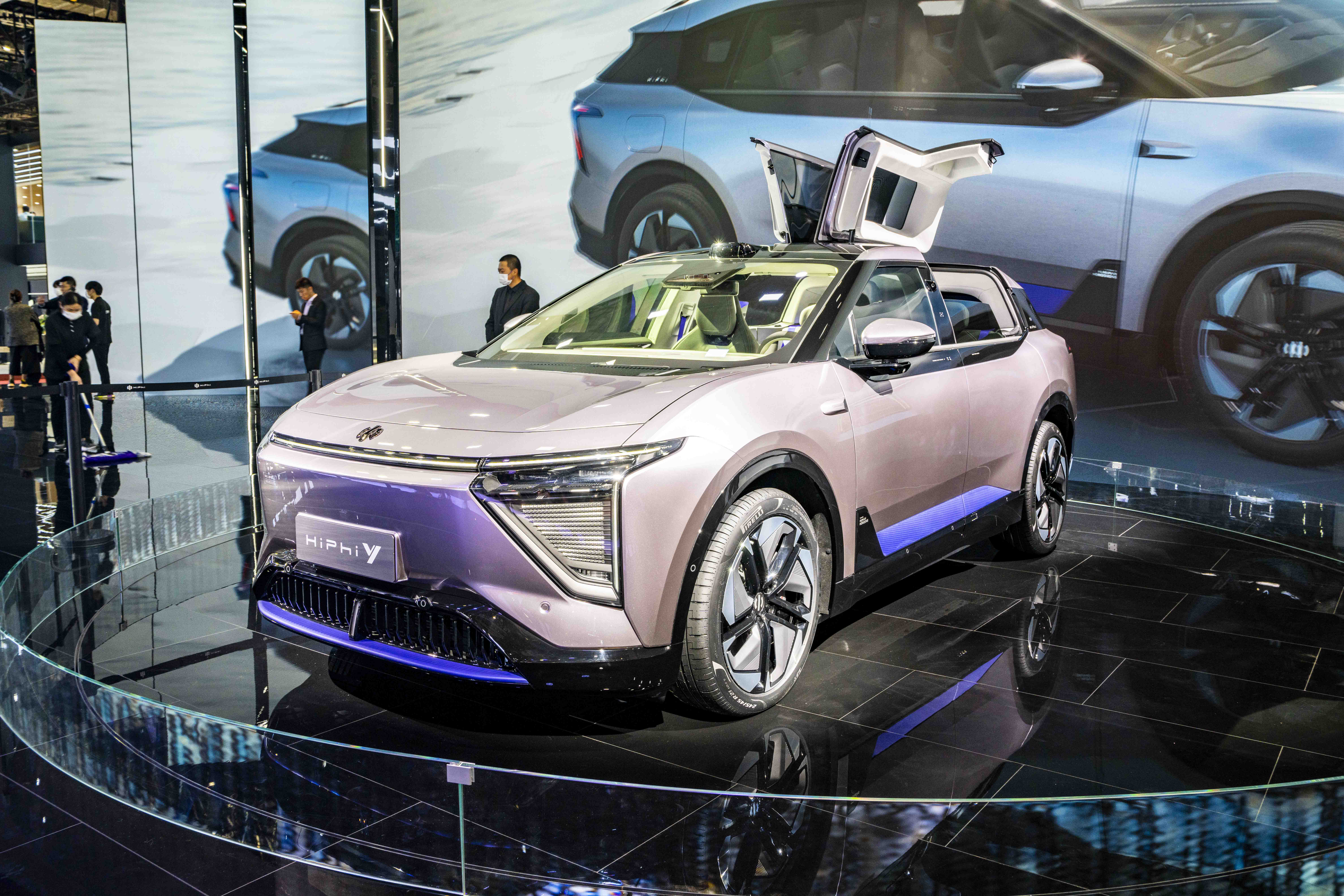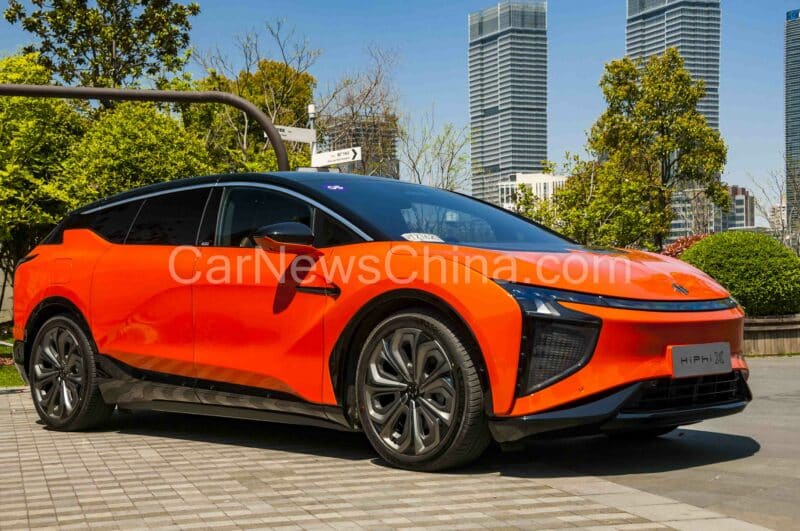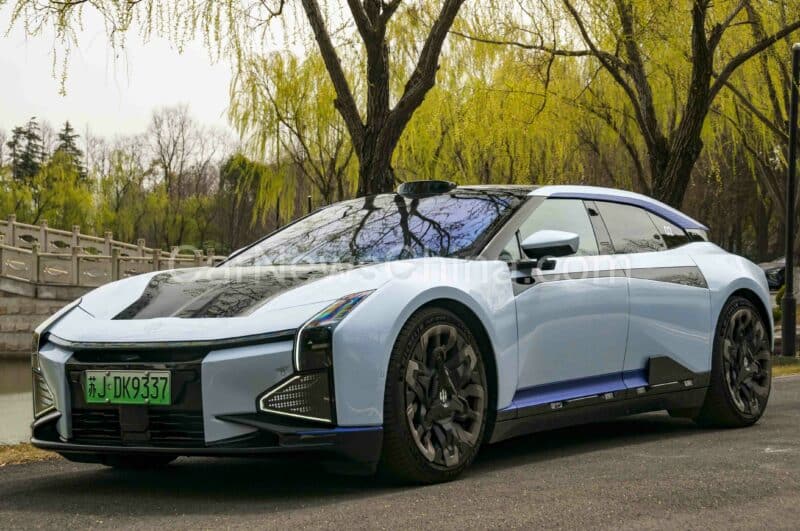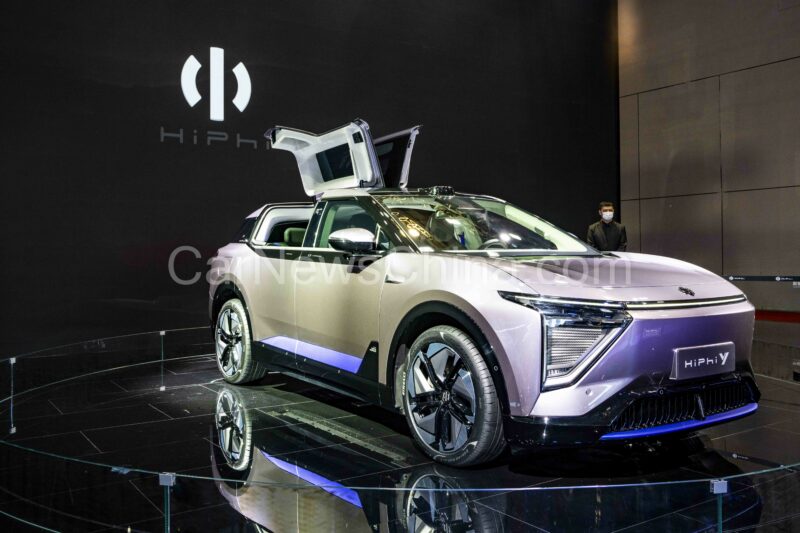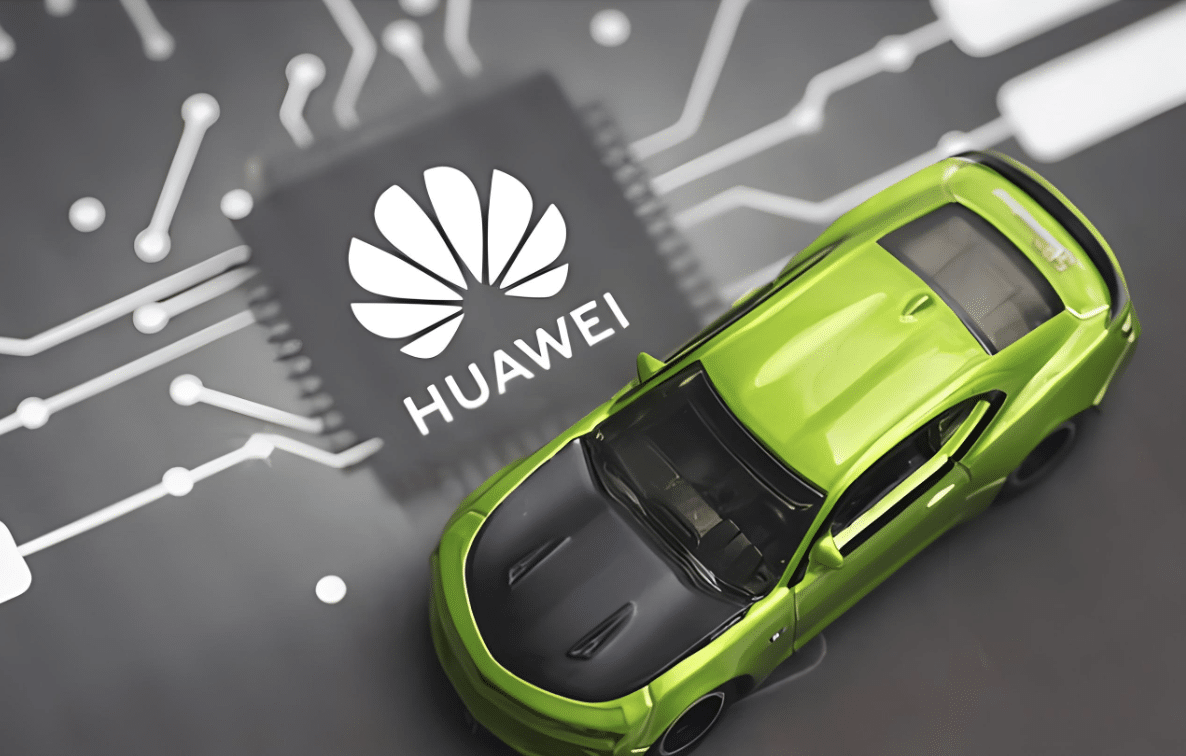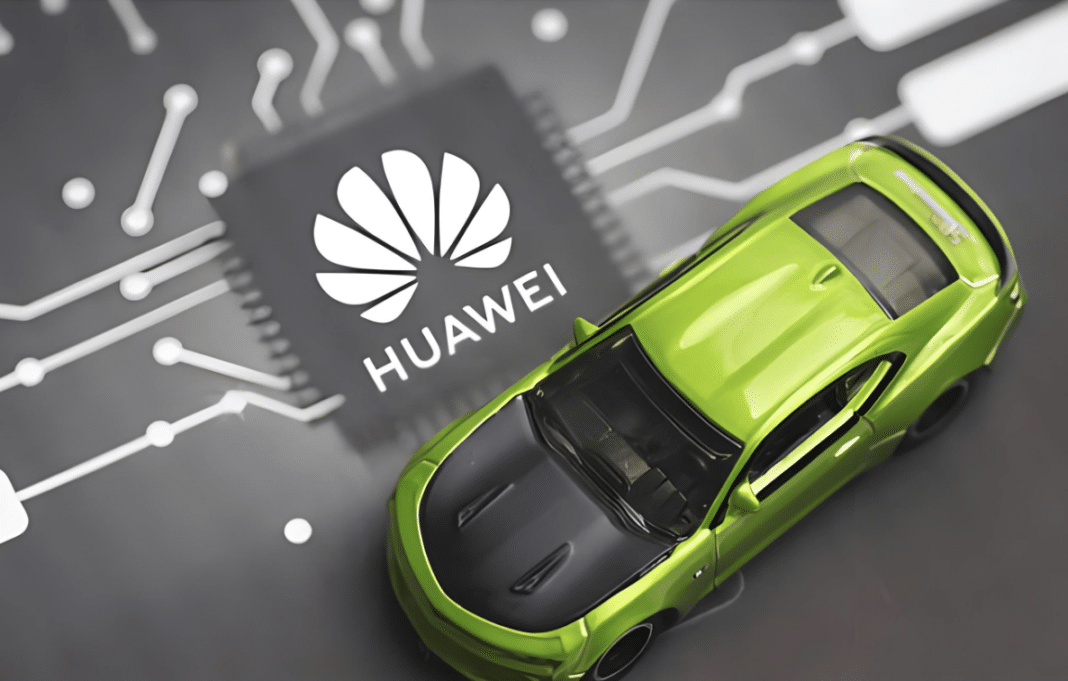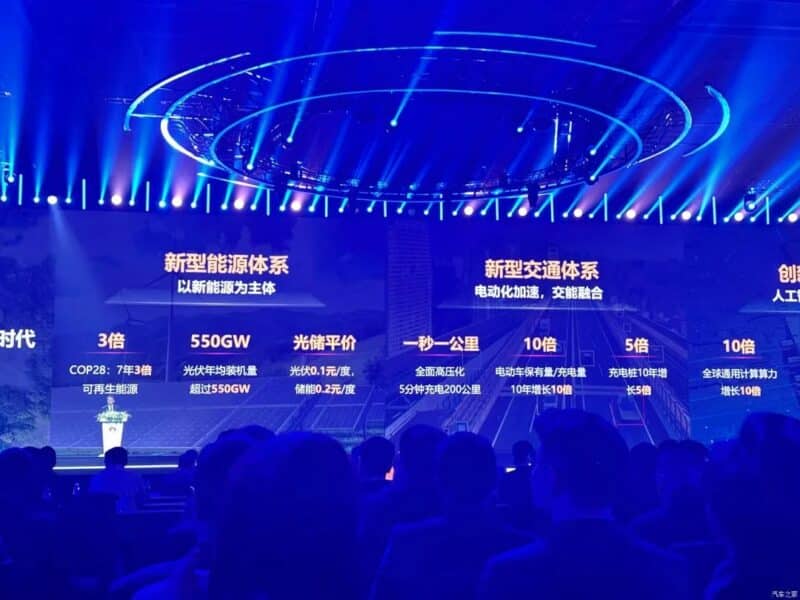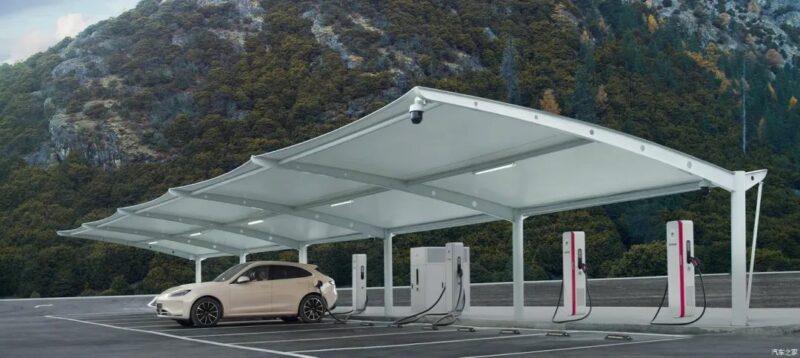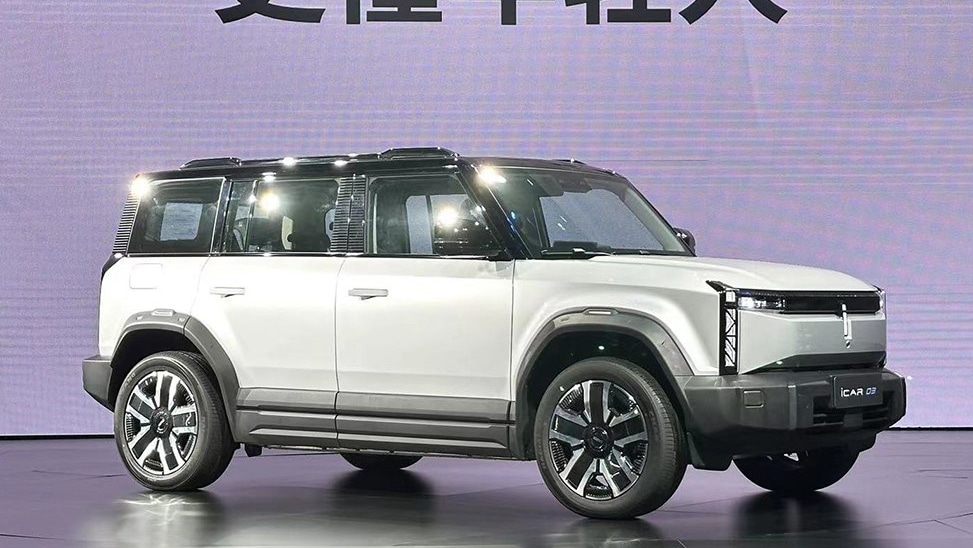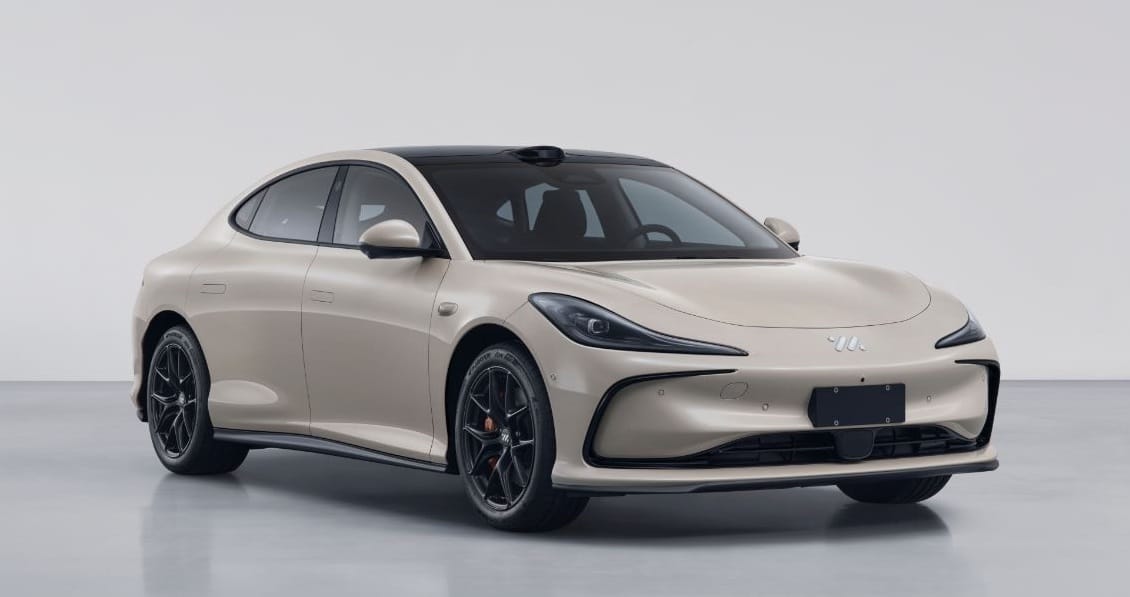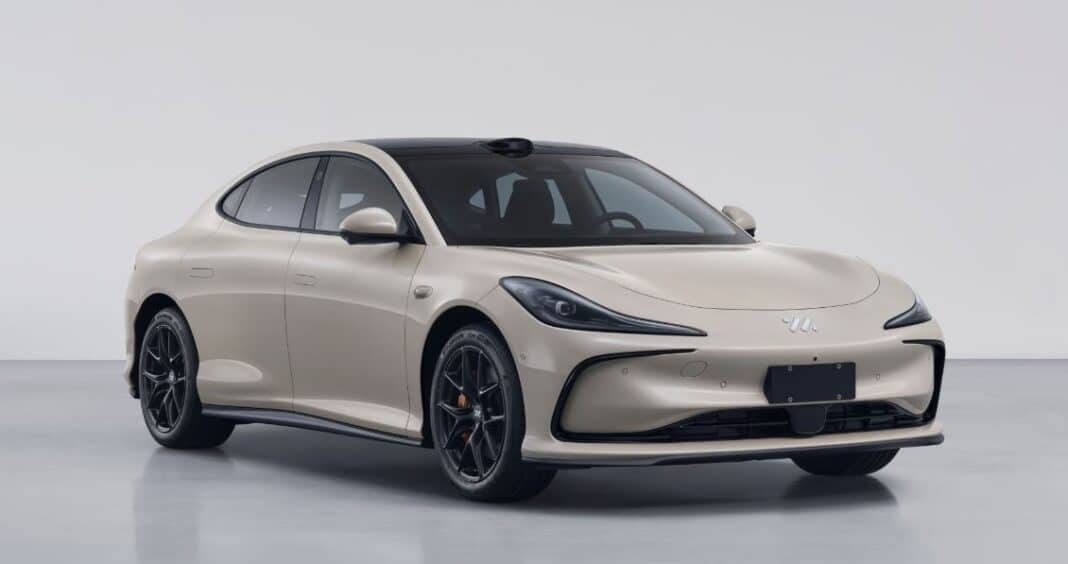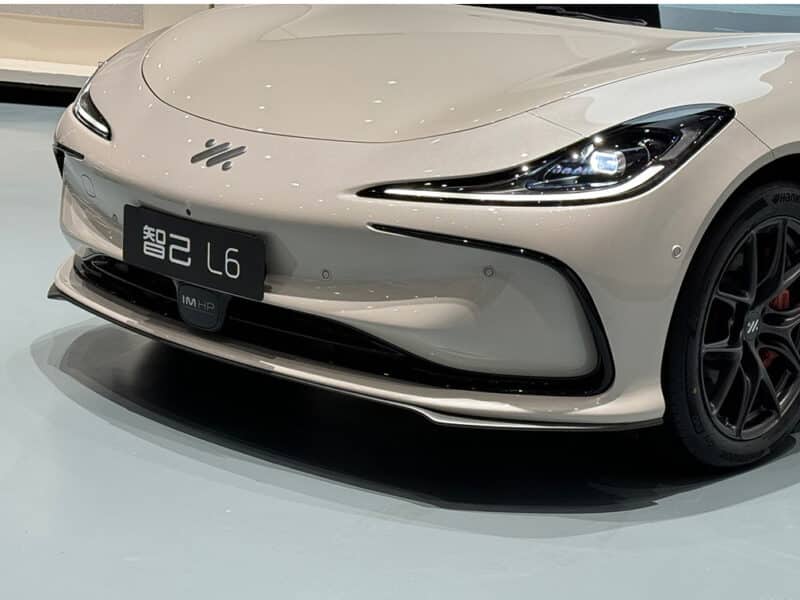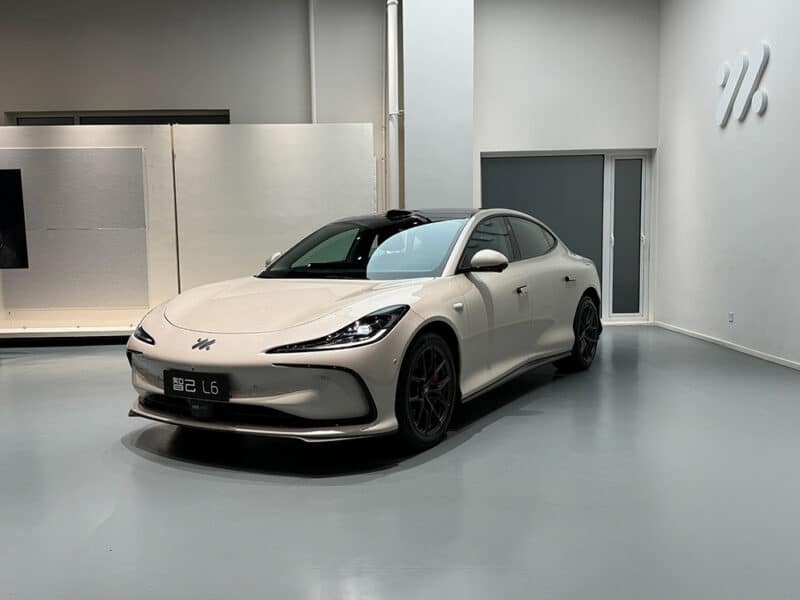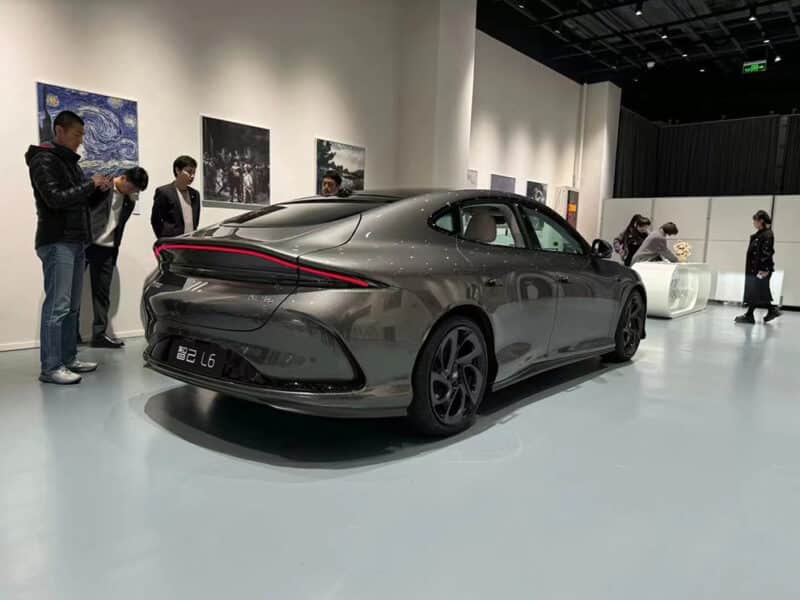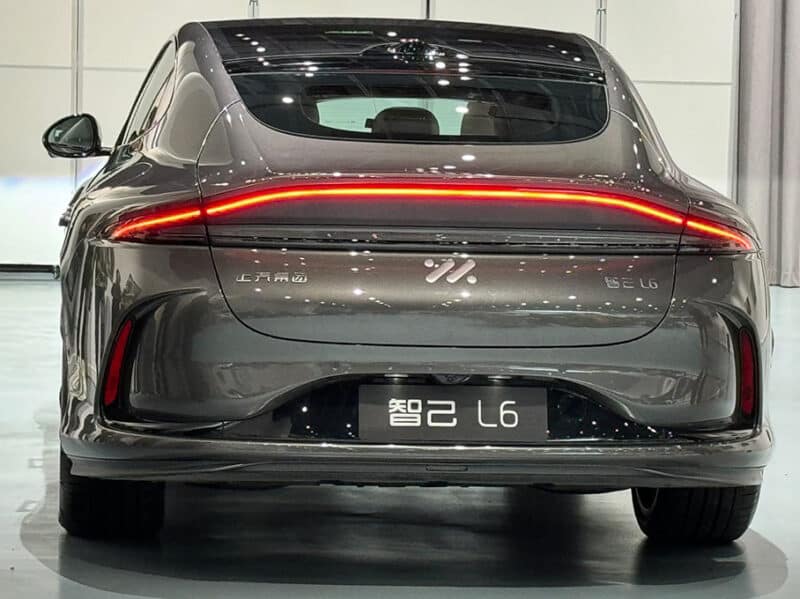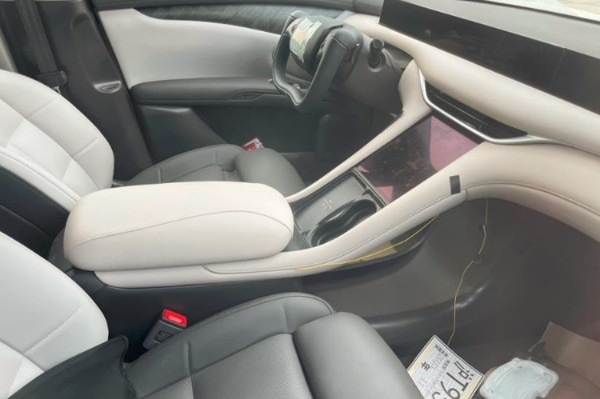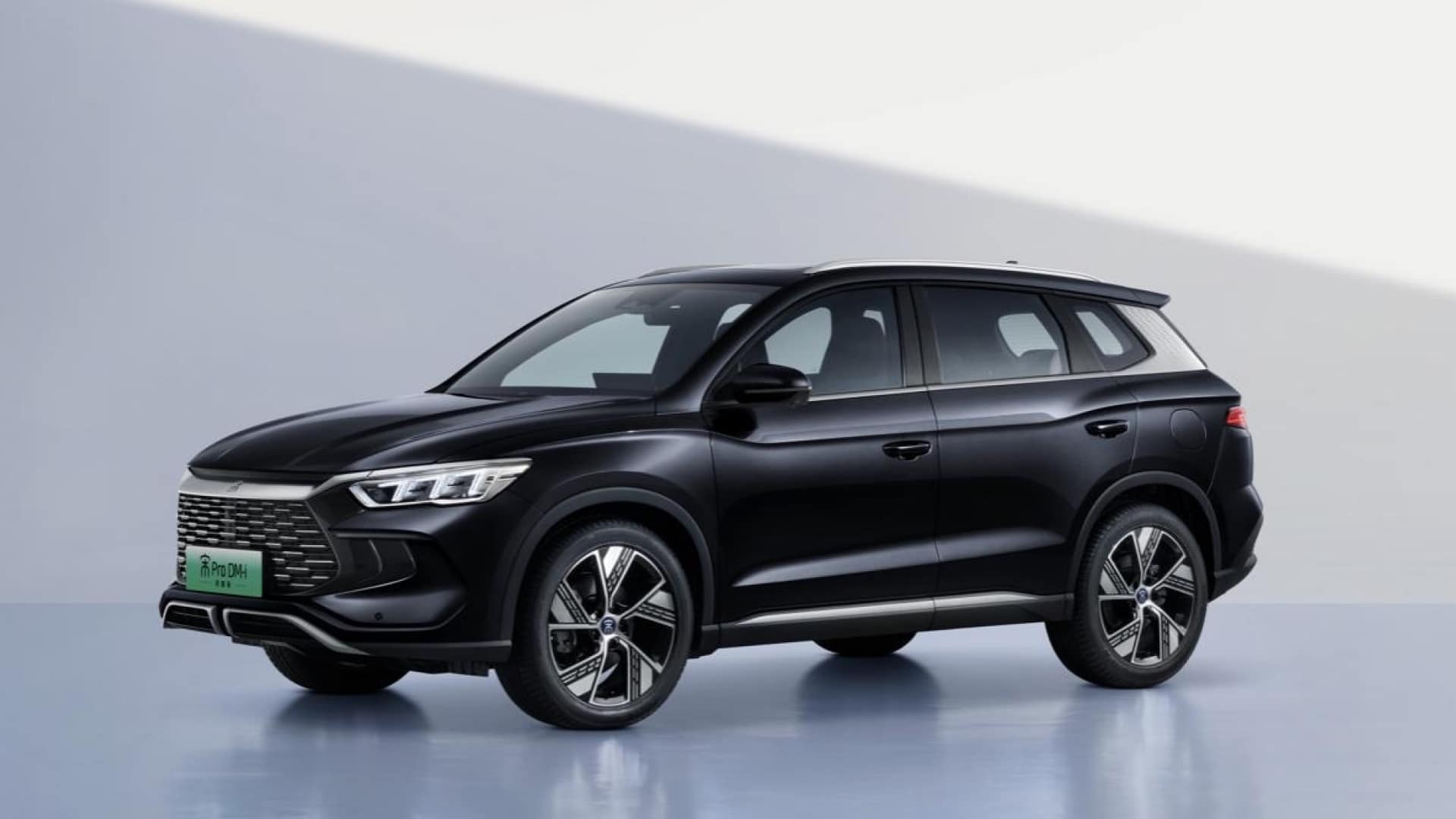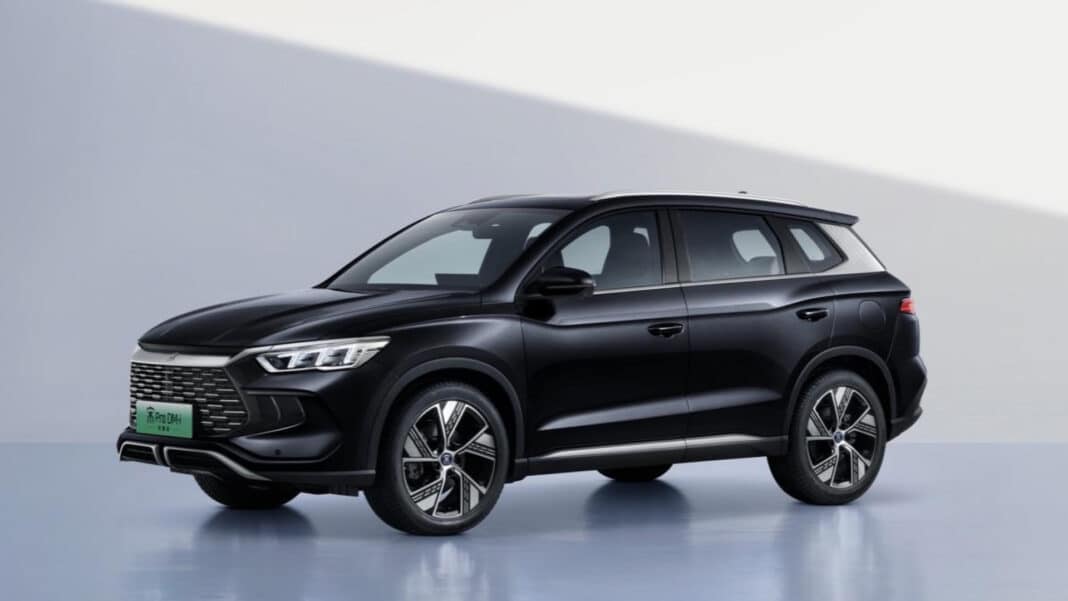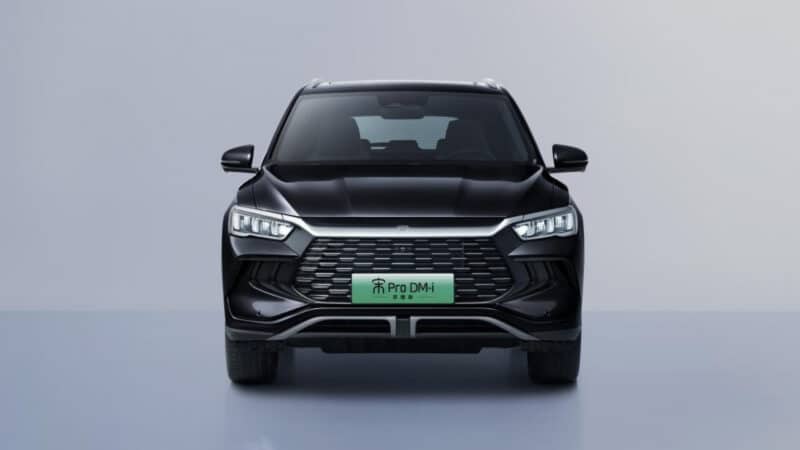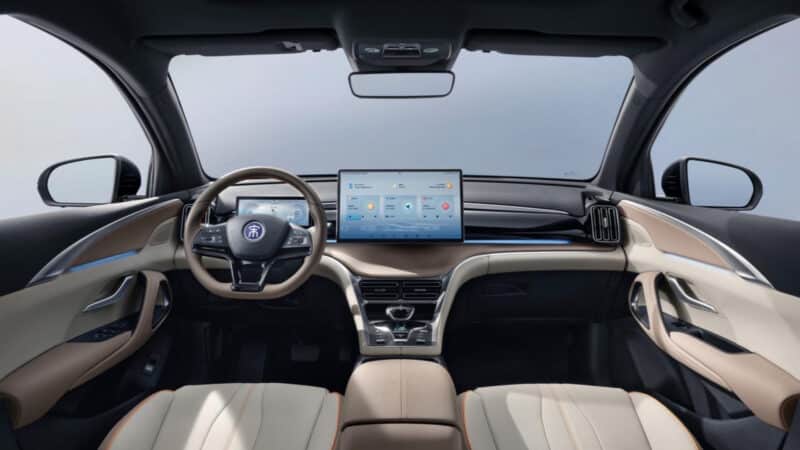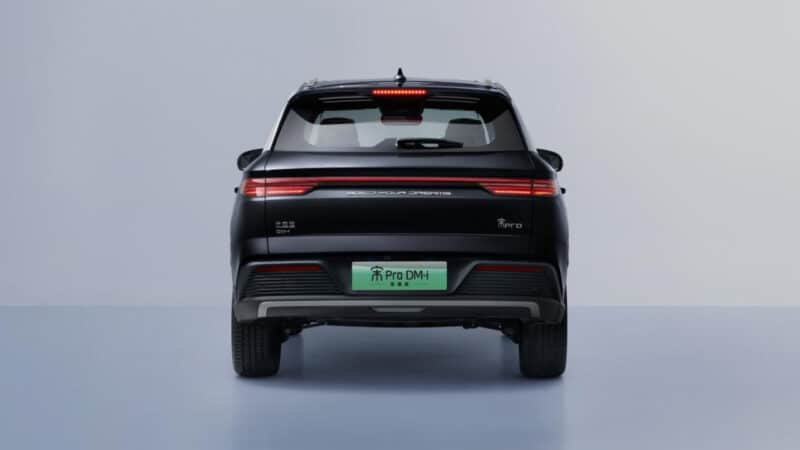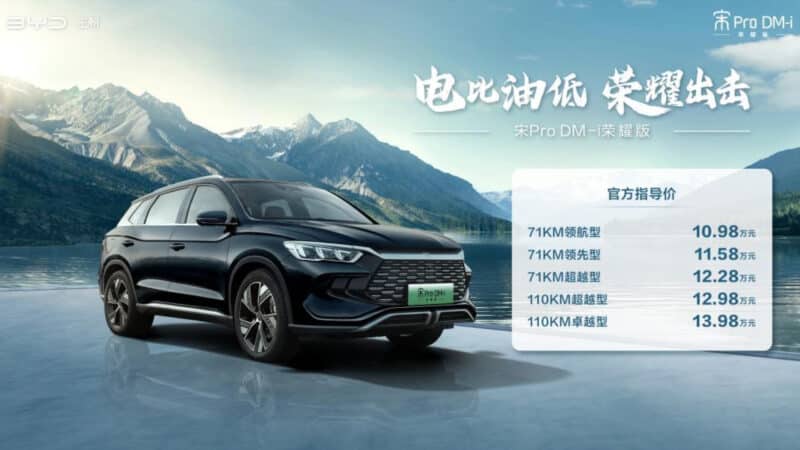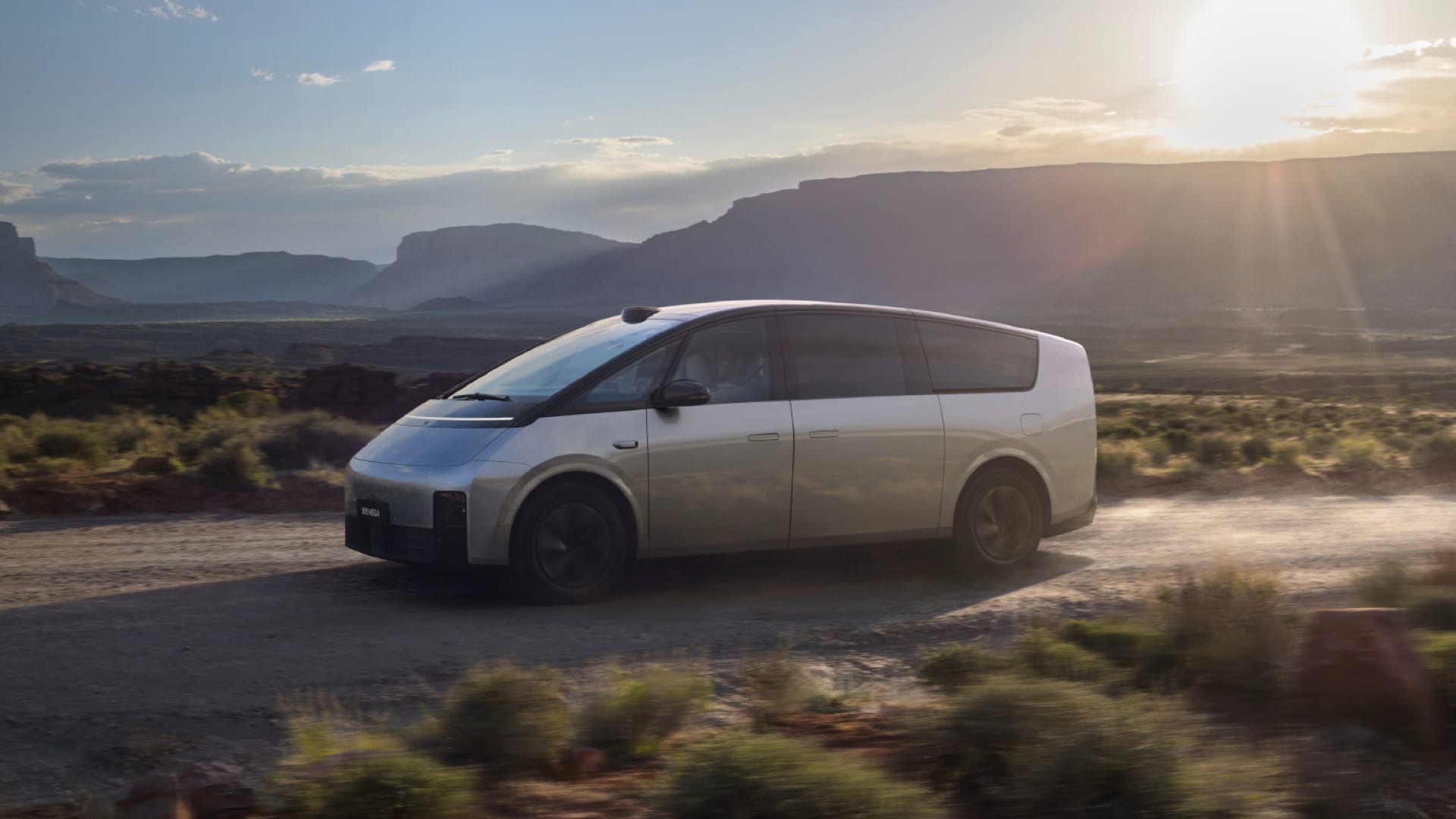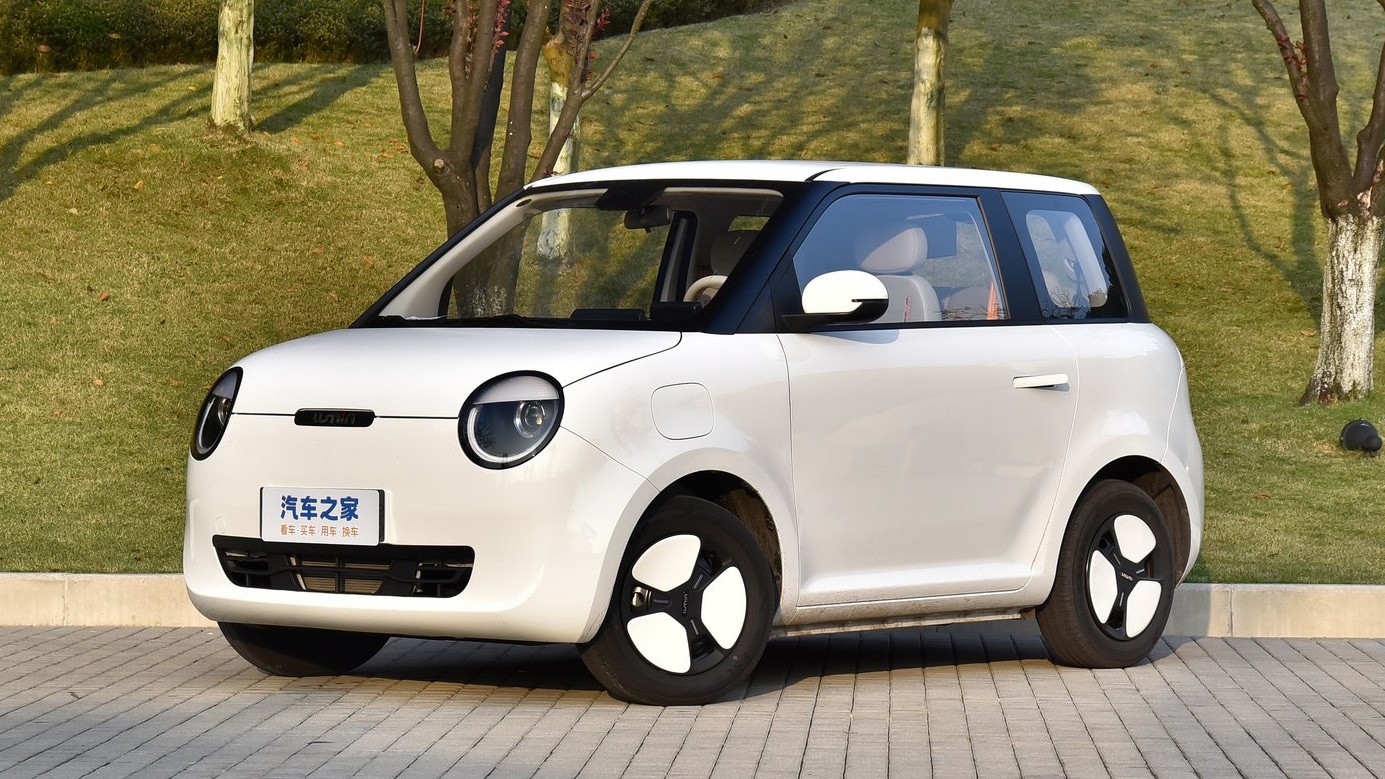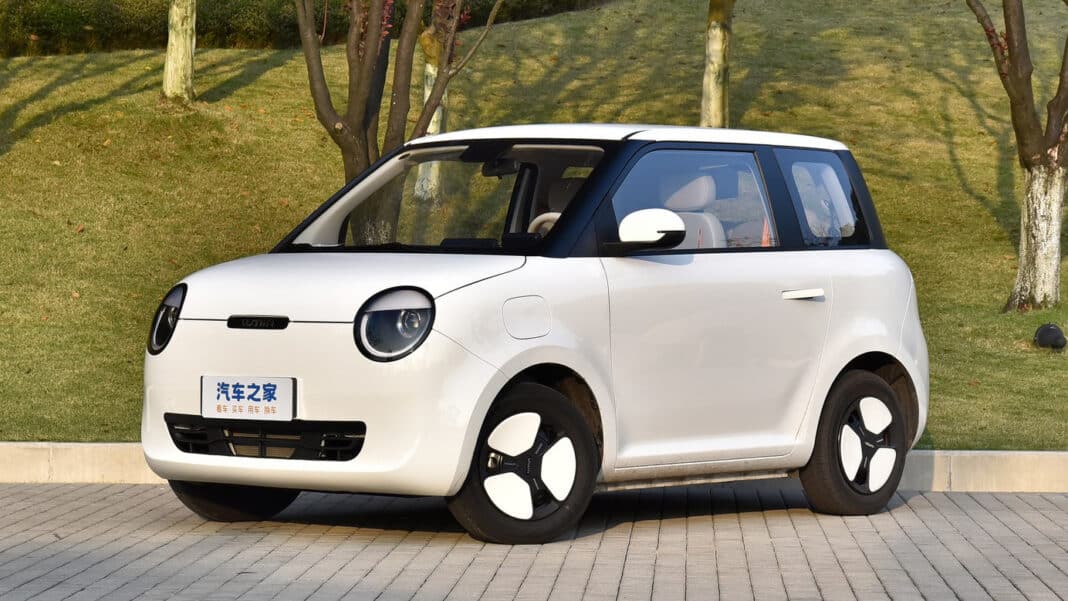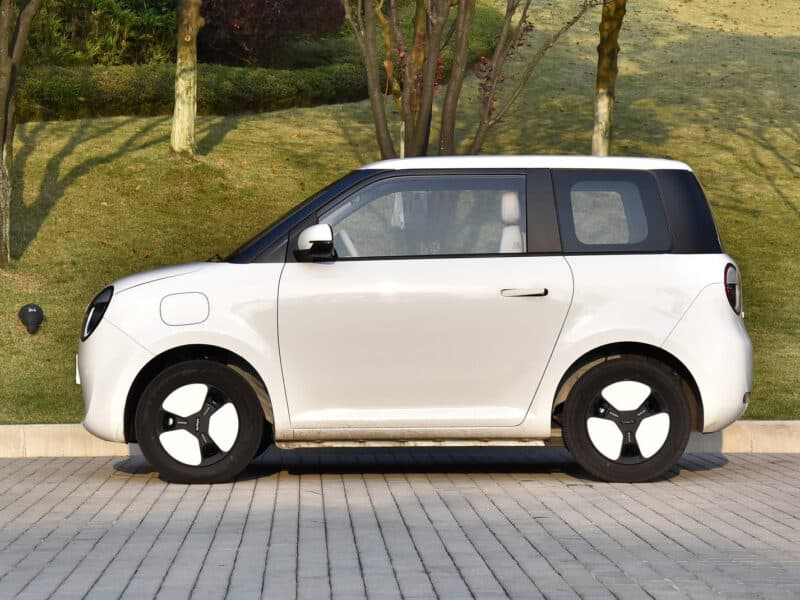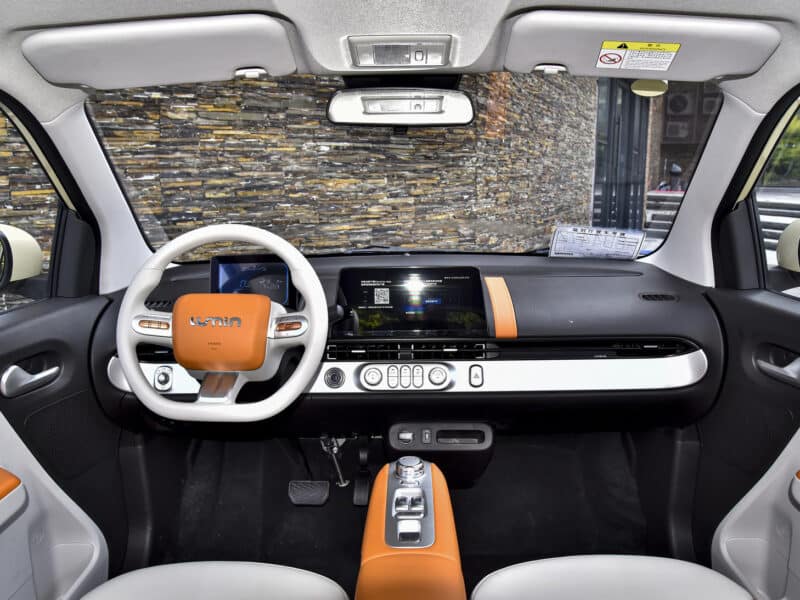Han EV finally updated to 800V charging.

carnewschina.com
BYD launches 2024 Han sedan and Tang SUV 14% cheaper than previous version
Reading Time: 6 minutes
Jiri Opletal
February 28, 2024
0

BYD Tang DM-i Honor Edition. Credit: BYD
News like this to your inbox or phone?
Weekly summary to your inbox
I want this
Never miss and important news
Get Instant notification once the news is published.
Follow Us
Update: BYD claimed that Han updated to 800V architecture, but the 2023 Han had 600V charging, and the 2024 was updated to 620V. Battery volt range 600V-900V is considered 800V architecture, so technically, the 2023 Han already had an 800V system.
BYD launched the 2024 update of its flagship sedan,
Han, and SUV,
Tang. Both cars belong to the Dynasty series. Three versions of Han were launched: all-electric
Han EV, plug-in hybrid
Han DM-i, and AWD plug-in hybrid
Han DM-p. The BYD Tang launched one version, a plug-in hybrid
Tang DM-i.
The main changes are adding a new DiPilot 100 ADAS to the top trim level of Han EV and updating it to 620V charging (800V system), according to BYD.
Its peak charging power increases from 200A and 120 kW to
250A and 155 kW, respectively. The new Han EV can now charge 30-80% in 25 minutes.
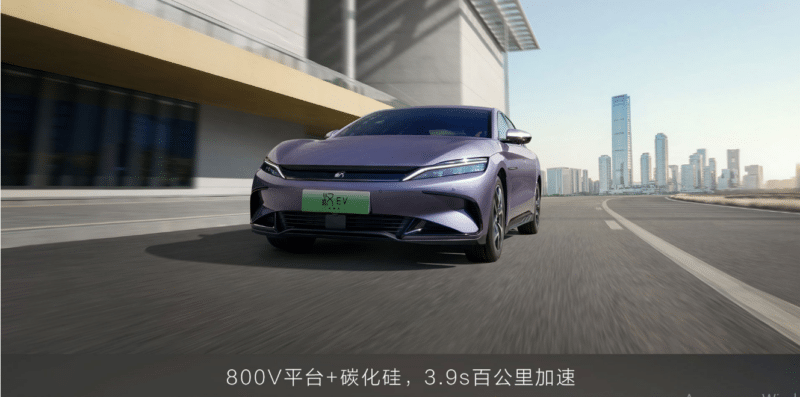
BYD Han EV with 800V charging. Credit: BYD
The 2024 annual update is called Honor Edition, so the new Han’s and Tang’s full names are
BYD Han Honor Edition and
BYD Tang Honor Edition, respectively. The
EV,
DM-i, and
DM-p suffixes indicate if the car is BEV, PHEV, or AWD PHEV.
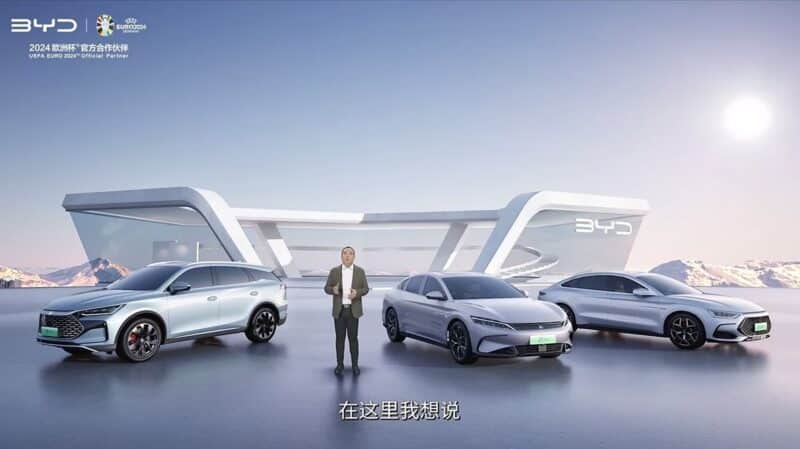
BYD Han and Tang Honor Edition launch. Credit: BYD
Han EV Honor Edition
The Han EV Honor Edition starts at 179,800 yuan (25,000 USD), 14% down from the previous version – the BYD Han Champion Edition – priced at 209,800 yuan (29,100 USD) upon launch. Most of the 2023 updates were called Champion Edition by BYD. Interestingly,
BYD is speeding up its annual refresh cycle as the 2023 Han version launched in May and the 2024 version already in February.
Han EV’s top trim is called “Eye of God,” so the full name is BYD Han EV Honor Edition Eye of God. Good job, BYD. Naming aside, it features BYD’s ADAS DiPilot 100, powered by Horizon Journey 5 chip, and brings intelligent parking and highway autopilot.
The new
Han EV Honor Edition offers four trims in the 179,800 – 249,800 yuan price range:
- 506 km range: 179,800 yuan (25,000 USD)
- 605 km range: 199,800 yuan (27,800 USD)
- 715 km range: 219,800 yuan (30,600 USD)
- 610 km range AWD Eye of God (EoG): 249,800 yuan (34,700 USD)
The Han EV Honor Edition dimensions are unchanged (L/W/H) 4995/1910/1495 mm with a wheelbase of 2,920 mm. Based on trim level, it offers motor power of 150 kW (201 hp), 168 kW (225 hp), and 180 kW (241 hp), each with a peak torque of 310 Nm, 350 Nm, and 350 Nm respectively.
The dual-motor AWD EoG version has a combined output of 380 kW (510 hp) and 700 Nm peak torque. It is also equipped with various sensors, such as 5 millimeter wave radars, 12 ultrasonic radars, and 11 cameras, which send input into its DiPilot 100 ADAS. It is powered by a Horizon Journey 5 chip with 128 TOPS computing power.
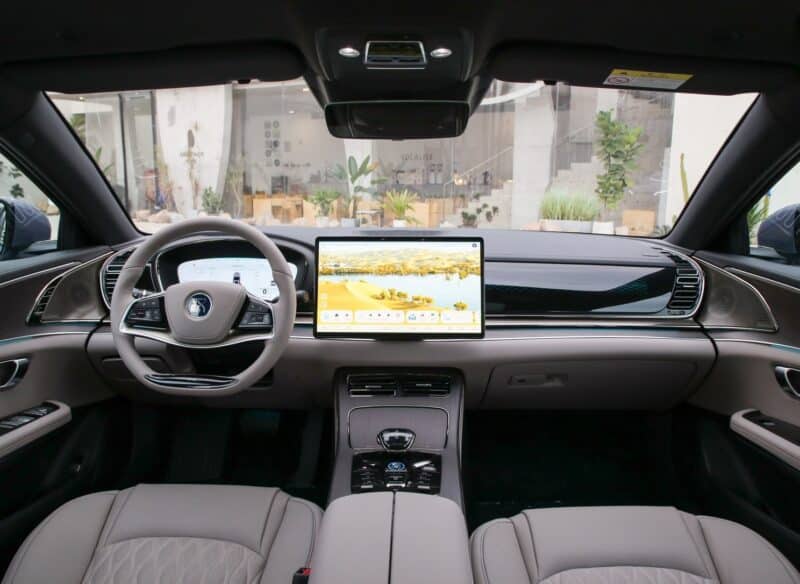
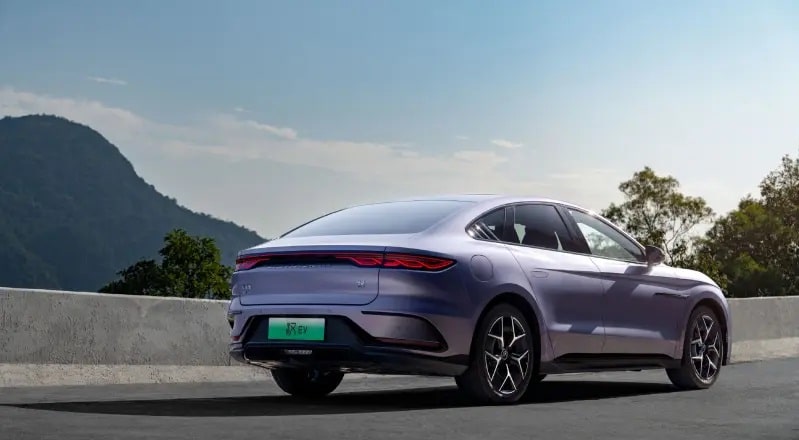

BYD Han EV Honor Edition
Han DM-i Honor Edition
The plugin-hybrid (PHEV) Han DM-i Honor Edition starts at 169,800 yuan (23,600 USD), 11% lower than the Han DM-i Champion Edition, launched at 189,800 yuan (26,400 USD) in May 2023.
With the significant price cut, BYD signalizes it is not afraid to accelerate this year’s price war again. When Han DM-i Champion Edition launched in 2023, it was 28,000 yuan (3,900 USD) cheaper than the previous 2022 version. With the recent 20,000 yuan haircut,
Han DM-i reduced its starting price by 48,000 yuan (6,700 USD) in two years.
The new PHEV
Han DM-i Honor Edition offers five trims in the 169,800 – 225,800 yuan price range:
- 121 km range: 169,800 yuan (23,600 USD)
- 121 km range: 179,800 yuan (25,000 USD)
- 121 km range: 189,800 yuan (26,400 USD)
- 121 km range: 199,800 yuan (27,800 USD)
- 200 km range: 225,800 yuan (30,600 USD)
Han DM-i dimensions remain unchanged at 4975/1910/1495 mm, and the wheelbase is 2920mm. Based on trim level, the single electric motor has 145 kW (195 hp) or 162 kW (217 hp) power and is mated by 1.5T ICE, which provides a maximum power of 102 kW. (137 hp).
BYD Han DM-i Honor Edition
Han DM-p Honor Edition
The third version of the Han is the flagship version sitting on BYD’s DM-p platform, which is dedicated to all-wheel drive PHEVs. It is thus called Han DM-p Honor Edition. The AWD flagship has only one trim, which is priced at 259,800 yuan (36,100 USD), down 30,000 yuan (4,200 USD) from the Han DM-p Champion Edition launched in 2023 for 289,800 yuan (40,300 USD).
Price reduction for Han DM-p is also nothing new. When the Champion Edition was launched last year, it was 32,000 yuan (4,500 USD) cheaper than the 2022 version, which was priced at 321,800 yuan (44,700 USD).
2024 Han DM-p has an unchanged powertrain with dual motors. The rear has a maximum power of 200 kW while the front is 160 kW, providing a total output of 360 kW (496 hp) and 675 Nm peak torque. Those are mated with the same 1.5T ICE as lower trims.
Tang DM-i Honor Edition
The new plug-in hybrid SUV Tang DM-i Honor Edition starts at 179,800 yuan (25,000 USD), 14% down from the previous version – the BYD Tang DM-i Champion Edition – priced at 209,800 yuan (29,100 USD) upon launch in May 2023.
The Tang DM-i Honor Edition offers four trims in the 179,800 – 219,800 yuan price range:
- 112 km range: 179,800 yuan (25,000 USD)
- 112 km range: 189,800 yuan (26,400 USD)
- 112 km range: 199,800 yuan (27,800 USD)
- 200 km range: 219,800 yuan (30,600 USD)
Tang DM-i is a
5-door 7-seater with dimensions of 4870/1950/1725 mm, and the wheelbase is 2820mm. A 50W smartphone wireless charging pad is inside the car, and the front seats have a massage function. The PHEV is equipped with DiLink cabin software. All trims have a 160 kW (214 hp) electric motor in front with 325 nM peak torque. The e-motor is mated with 1.5T ICE with 102 kW of power.
BYD Tang DM-i Honor Edition.
Here is the table summarizing the changes in the price at the launch:
| Han EV | Han DM-i | Han DM-p | Tang DM-i |
| 2023 price (yuan) | 209,800 | 189,800 | 289,800 | 209,800 |
| 2024 price (yuan) | 179,800 | 169,800 | 259,800 | 179,800 |
| Price change % | -14% | -11% | -10% | -14% |
| Price change (yuan) | -30,000 | -20,000 | -30,000 | -30,000 |
| Price change (USD) | -4,200 USD | -2,800 USD | -4,200 USD | -4,200 USD |
Editor’s comment
That is another wrinkle for Lei Jun, as
the pressure on Xiaomi SU7 pricing is mounting. BYD is signaling to the market that it has deep pockets enough to send all its 2024 models into the price war. Moreover, the advantage of vertical integration is also doing its job. There are currently 100 EV makers in China, and many of them will start losing wheels in 2024 as even with fair enough product and great tech inside, you can sell at a loss only for a limited amount of time,
especially if you are a small EV startup.
Also, slow DC charging has always been one of the drawbacks for the Shenzhen-based automaker, so it is good to see some improvement in this area.



 carnewschina.com
carnewschina.com









